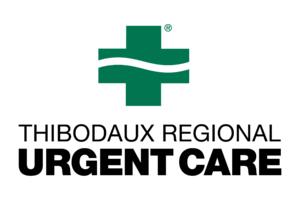Over a million people each year are burned so severely they require medical attention. Do you know what to do if you become part of that statistic?
You can be cooking at home, ironing your clothes, curling your hair, or getting ready to fire up the BBQ for a summer cookout. Your chances of being burned are higher than you might think.
You need to know what to do and if the burn is severe enough that you need to seek medical attention. Read this guide now so you can be prepared in case the worst happens.
Degrees of Burns
There are different types of burns. Knowing how to spot the severity will help you during an emergency.
- First degree: Some pain and redness in the outer layer of skin, the mildest of all injuries
- Second degree: Goes through to the second layer of skin and causes redness, swelling, and blistering
- Third degree: Some numbness from nerves being damaged, charred skin on a deep burn
- Fourth degree: These are the most severe with white or black skin, damage through to deeper tissue, and white or black charred skin
Anything above a first degree should be seen by a medical professional.
Basic Treatments for the Burn
Before you go to the doctor, try to minimize the damage if at all possible. There are some basic first aid treatments you can do to help burn victims.
Run the burned area under cool — not icy — water for around 20 minutes. Remove clothing or jewelry from affected area if possible.
If clothing is stuck to burn, run cool water over it but don’t attempt to remove it. Don’t lance blisters or apply any topical medication unless directed to do so by a medical professional.
When to Seek Medical Attention Immediately
Some burns require immediate medical attention. Either call 911 or take the burn victim to the emergency room.
Here’s when you should go get help immediately:
- If the burn gets infected (Around 10,000 of people die every year from an infected burn wound)
- If a burn worsens over time, which means the burn was deeper than you previously thought
- If the burn affects genitals, eyes, face, ears, hands or feet
- If the burn covers an area larger than the palm of your hand
- Any 3rd or 4th-degree burn should be treated by healthcare professionals in an ER immediately, although 2nd degree still needs attention
Sometimes the cause of the burn makes the burn seem less severe at first. For example, if a person is electrocuted, the burn will often get worse since the damage is deeper inside.
Take Burn Injuries Seriously
Burns don’t always look as bad as they are. Keep your eyes peeled for any telltale signs, like darkening skin or oozing fluids, that means the burn is worse than you thought.
Don’t wait until a moment of crisis. Learn what you need to do right now in case you ever need to seek medical attention for a severe burn.
Contact your local urgent care facility today for more information!




